What else do we know about the unusual Norton 500 twins which seem to be an export special, sent to the Australian market? Were these machines intended to be sidecar tugs? Bruce J Tinworth thinks otherwise…
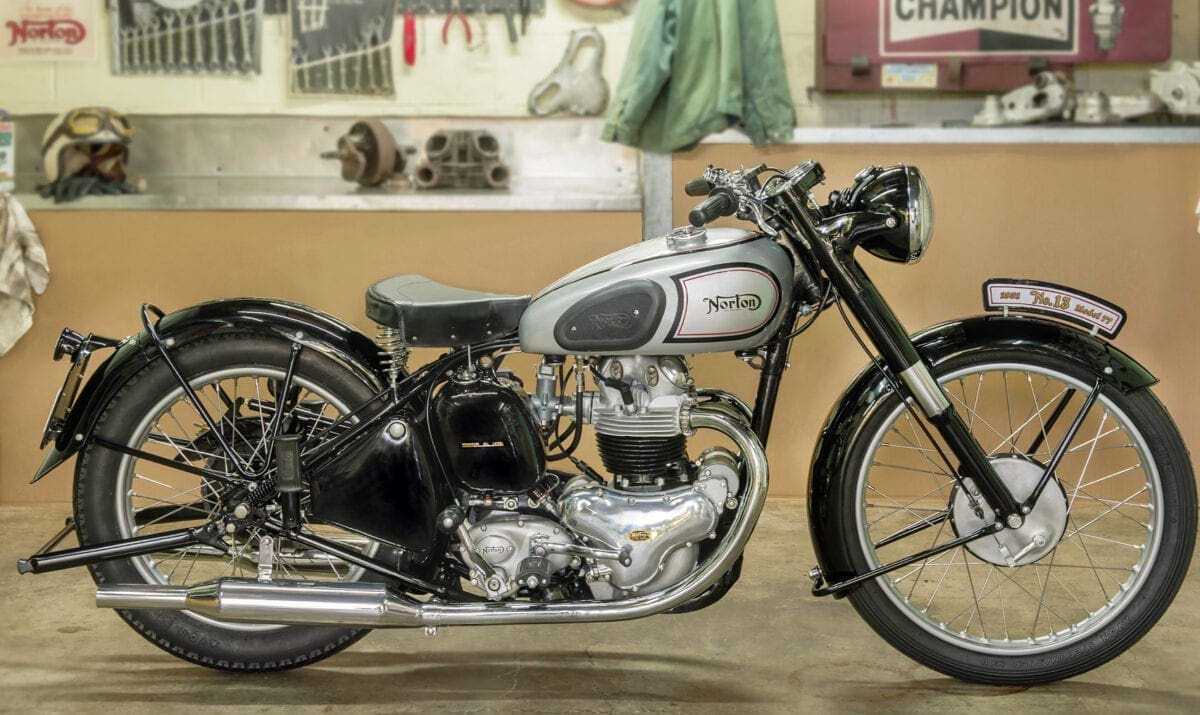
In 1947, Gordon ‘Shorty’ Purcell commenced a five-year apprenticeship with Hazell & Moore in Newcastle in New South Wales. H&M were agents for Norton, Triumph, Panther, Indian and Coventry Eagle.
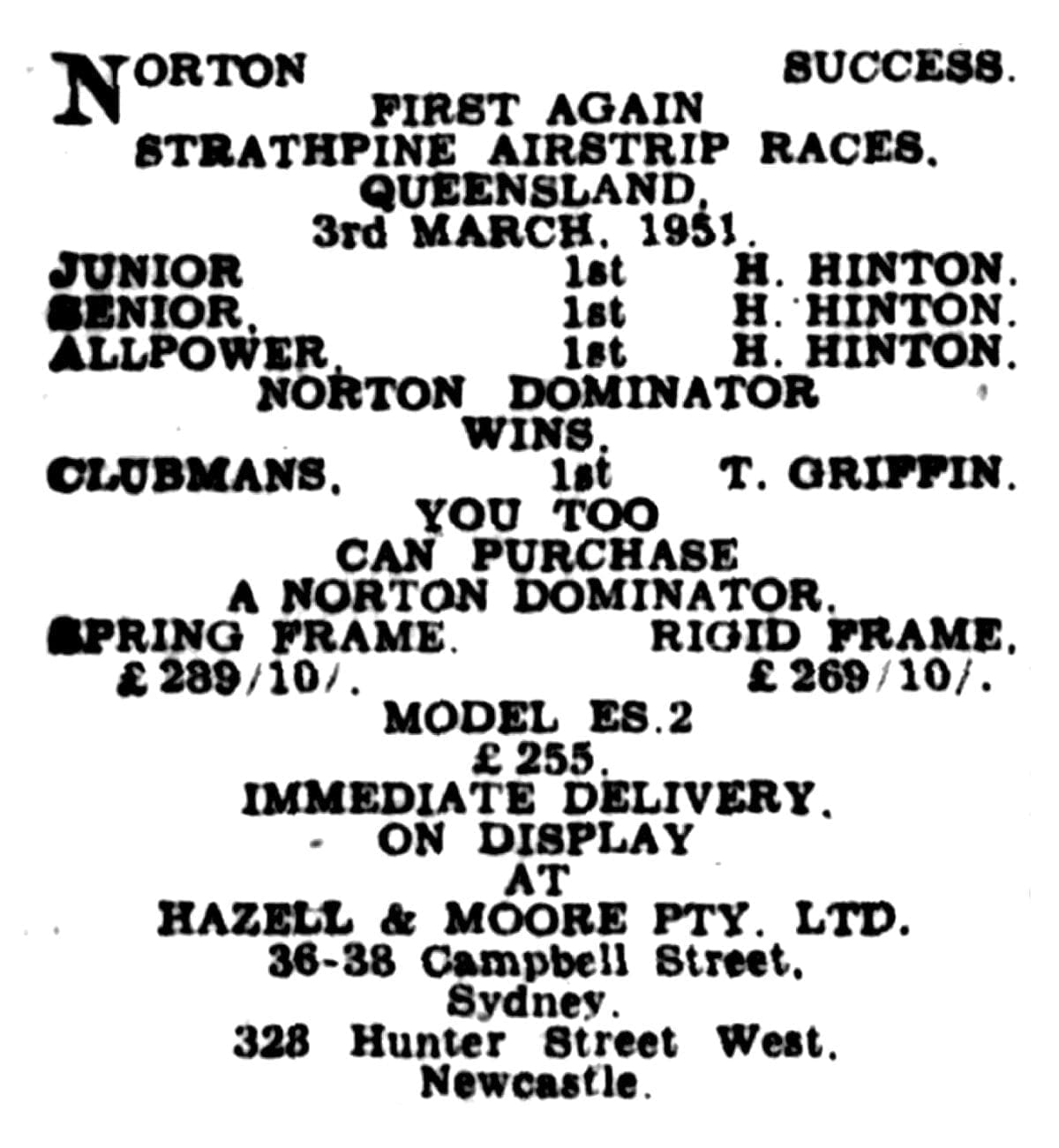
Norton’s dispatch records show that more than a third of all Model 77s were sold out of H&M’s showrooms. Of these, 40 were painted the traditional Norton colors, and 24 had blue cycle parts. Lowly-paid apprentices like Shorty could earn a little more by doing overtime. Partially disassembled motorcycles arrived in crates. The front wheel, forks, handlebars, fuel tank, footrests, exhaust pipes and mufflers were removed before export to Australia. Shorty’s overtime often involved the re-assembly, test riding and detailing of these motorcycles.
All the Model 77s which Shorty built and serviced at H&M’s Newcastle works had black cycle parts, chrome tanks with silver/grey panels, and iron heads. Shorty thought that some heads had bigger inlet valves, but most engines had valves of equal size. The only negative comments he could recall from owners at the time was that they were a little rough in the back end, and that sometimes the frame would crack near the steering head.
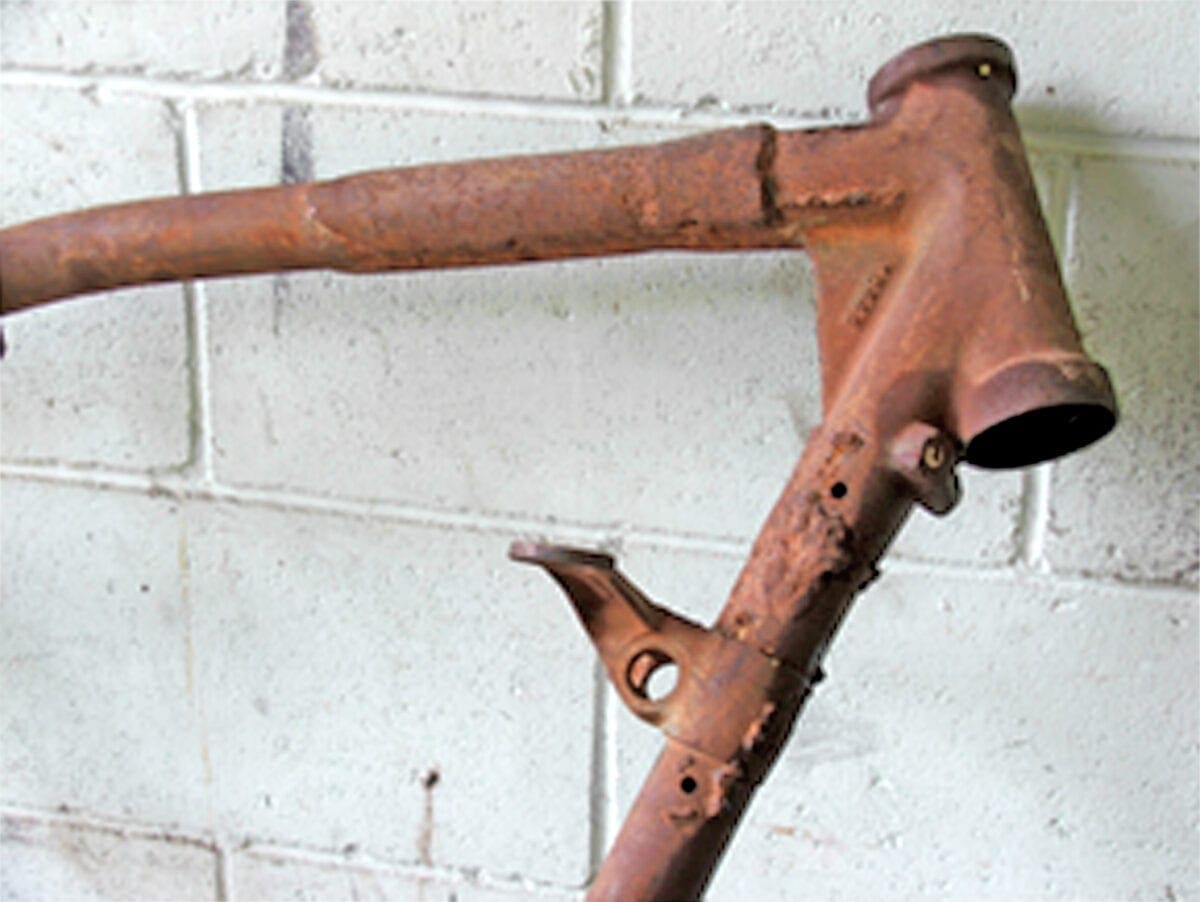
Many ‘experts’ have suggested that the 1950-52 production of the Model 77 was solely an act of economic expedience by Norton to use up obsolete parts and dump them in the colonies. This assertion is not credible when the Model 77’s major components are considered. The engine and gearbox first appeared 1949 catalogue, just one year earlier. The rigid frame and fuel tank first appeared in 1950, and many of the other components continued on various other models for almost a decade. The rigid frame was modified yet again in 1955 for the release of the Model 19R.
Many publications state that the Model 99 engine was combined with Model 7 cycle parts to produce the Model 77, and this lasted only a year or so until parts were cleared from the shelves. This statement may be relevant to the larger capacity 1957-58 Model 77, but has been erroneously applied to the earlier 1950-52 Model 77, by enthusiasts who are unaware that there are two, distinctly different Model 77s.
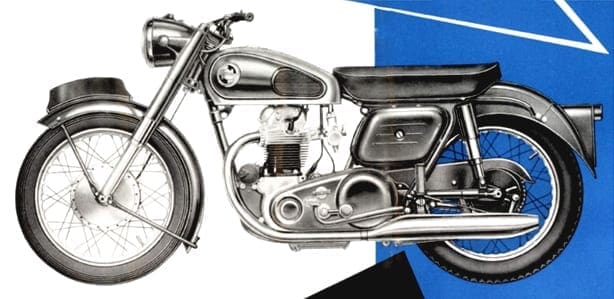
It has also been suggested that the 1950-52 Model 77 was only built to satisfy the demand for sidecar tugs in Australia. But this assertion also seems unlikely, given that the existing Model 18 and Big 4 singles were already filling that role, and the Model 7 twin frame came standard with sidecar mounting points. Extensive research of Norton’s records could find no evidence of such a demand.
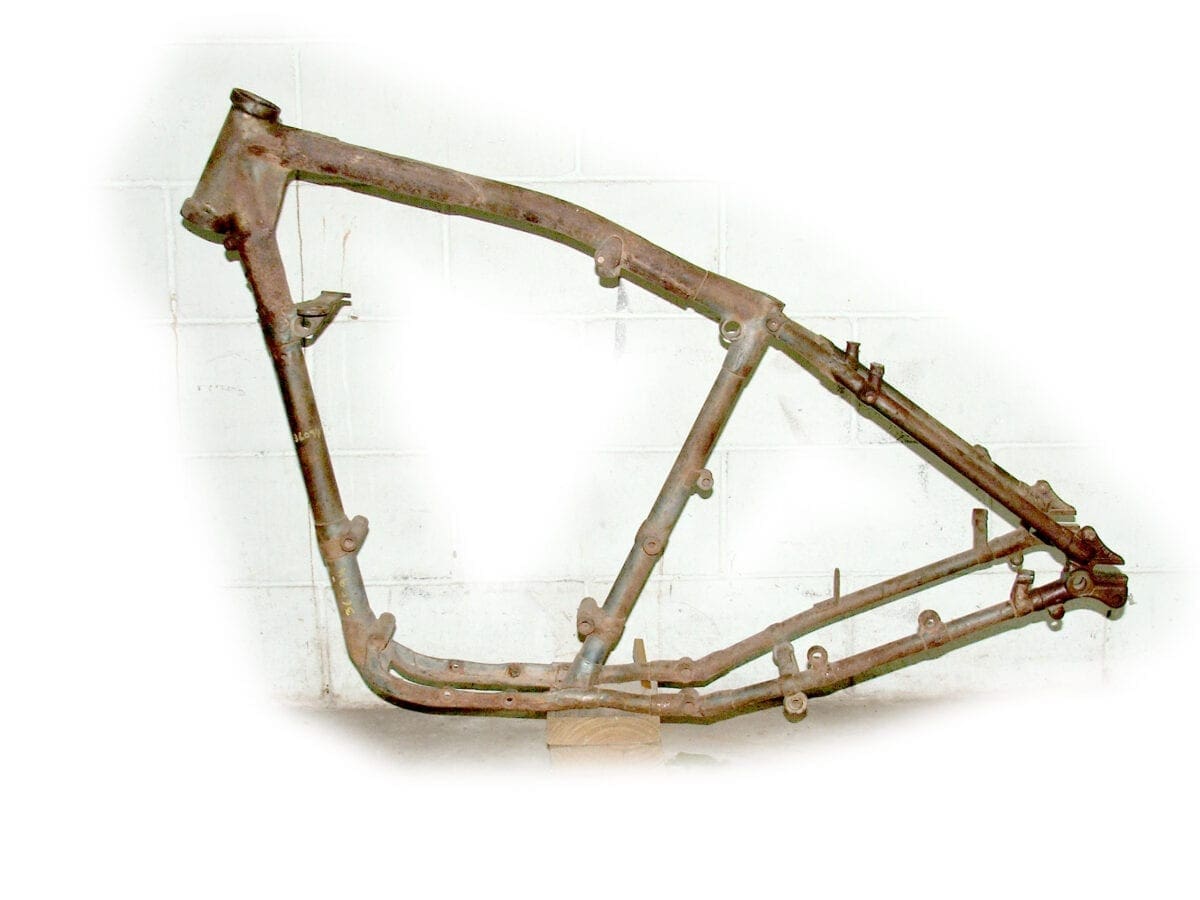
The end of the production of the rigid-framed Model 77 in 1952 was followed the next year by AMC’s take-over of Norton’s take-over. Not only did the first Model 77 cease production at this time, so did plunger-framed versions of the Models 7, 30 and 40, to be followed soon after by the rigid-framed 16H, Big 4, 500T, Model 18 and plunger-framed ES2. The AMC conglomerate already slashed nine models from the Norton catalogue in just a few short years. During this tumultuous period, and seemingly oblivious of their previous assignment, the AMC conglomerate re-issued several Model and Code numbers. These duplications have resulted in anomalies which confuse many enthusiasts to this day.

With a production run of less than 250 machines, the 1950-52, Model 77, ‘R’ Sport Twin, is truly a rare and unique Norton. Less than 5% of the production run, just a dozen rigid-framed 500 machines, are known to still exist today. Was this sports twin a product of Norton’s race department; an attempt to pre-empt the regulation changes by the AMA?
Only the ghosts of Bracebridge Street know for sure. But if you own a rigid-framed Norton Dominator from 1950-52, do get in touch!
———
Words: Bruce J Tinworth / Photos: Bruce J Tinworth, RC RChive
———




